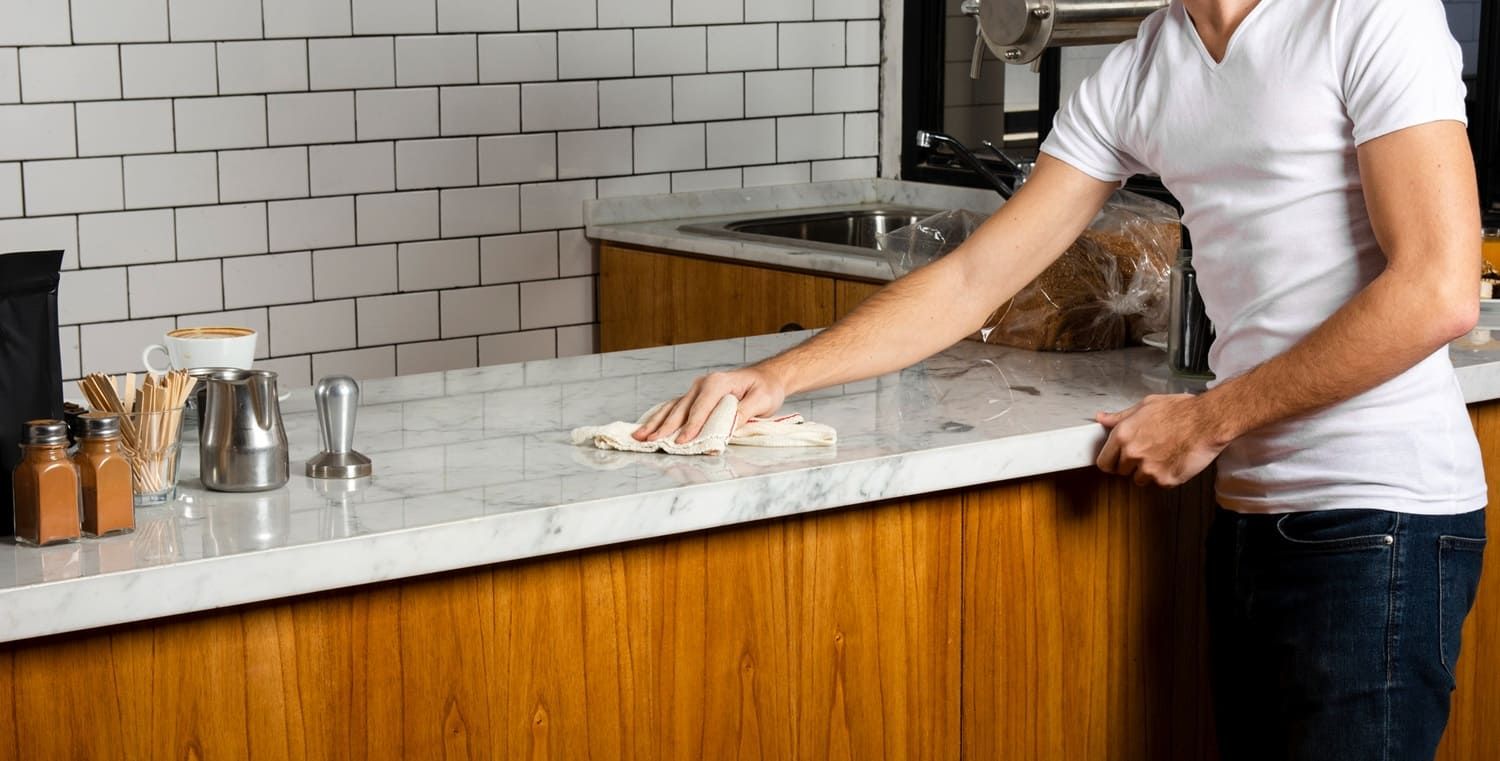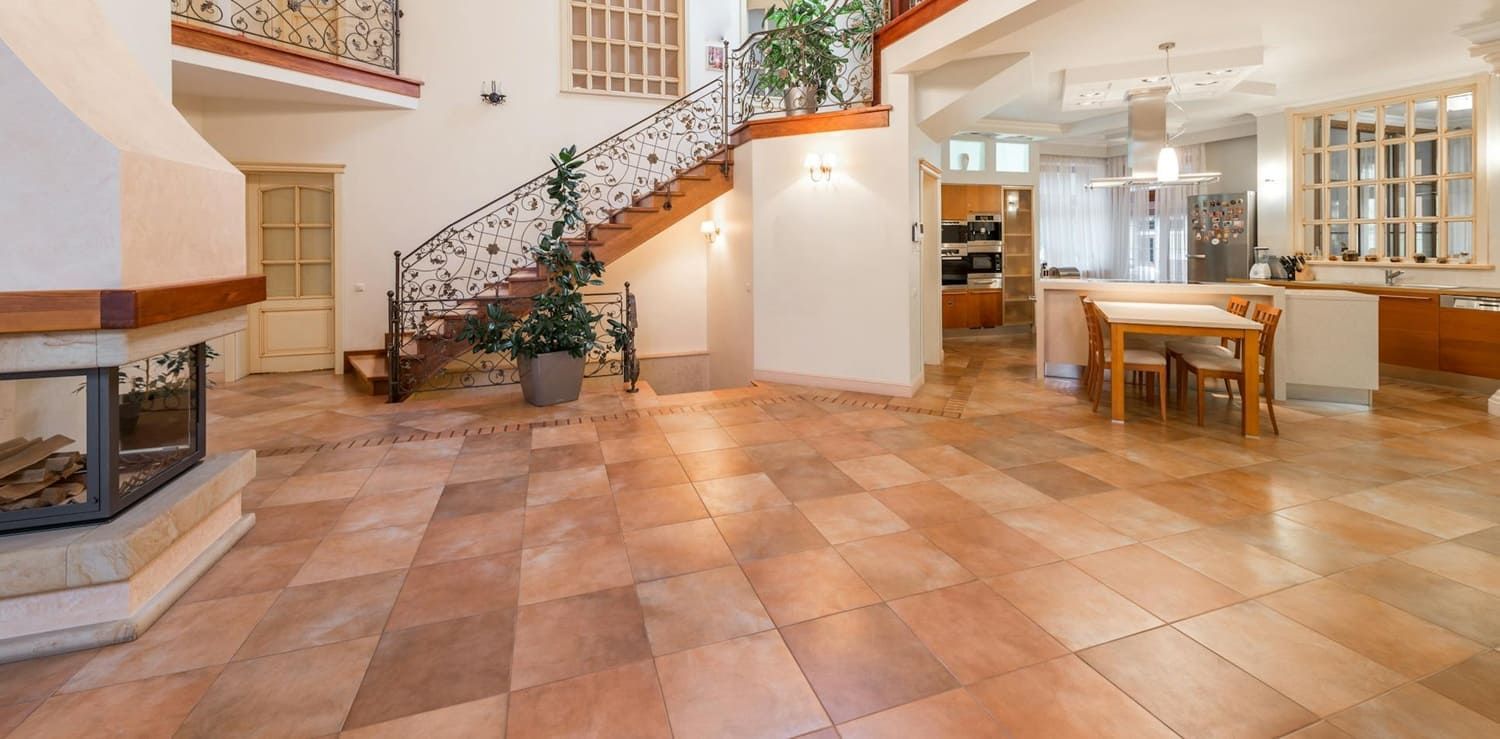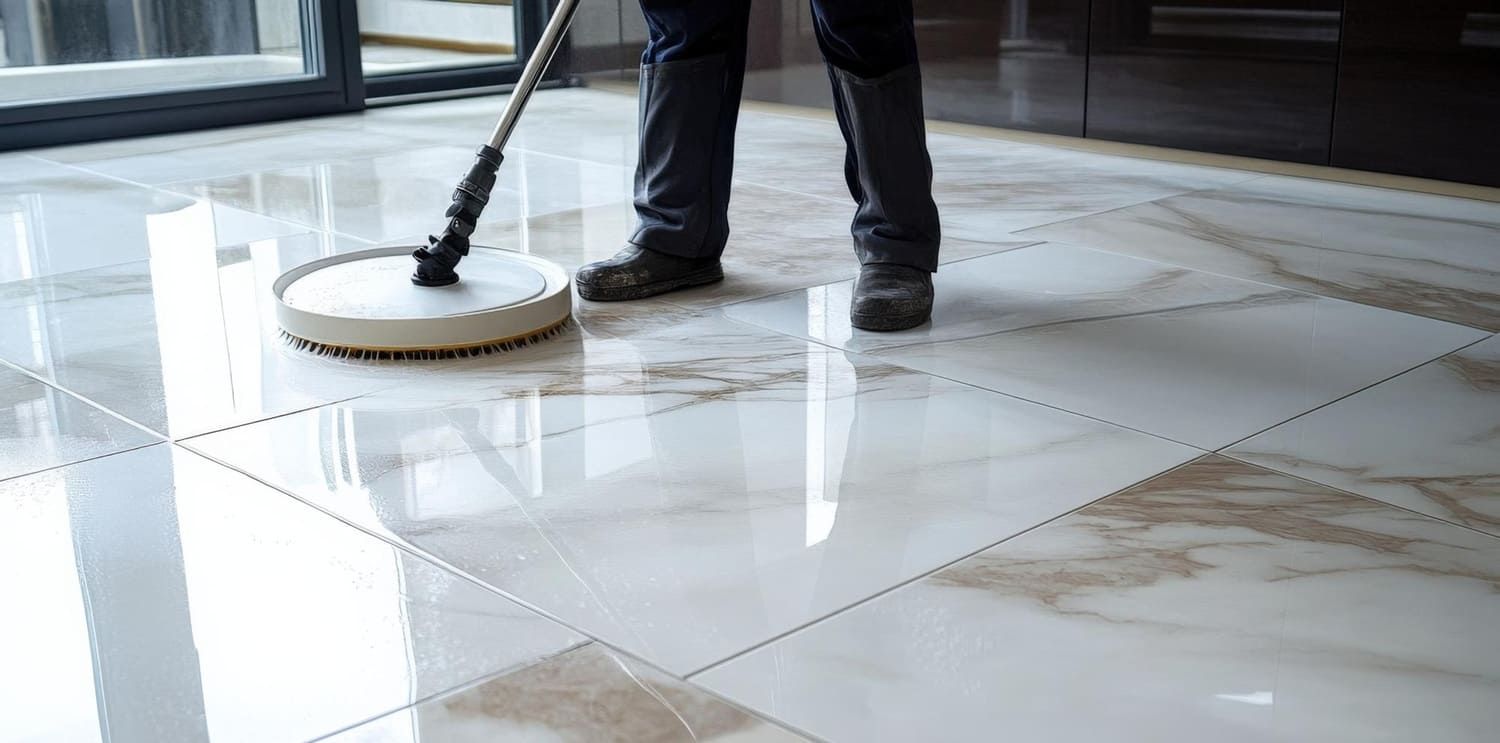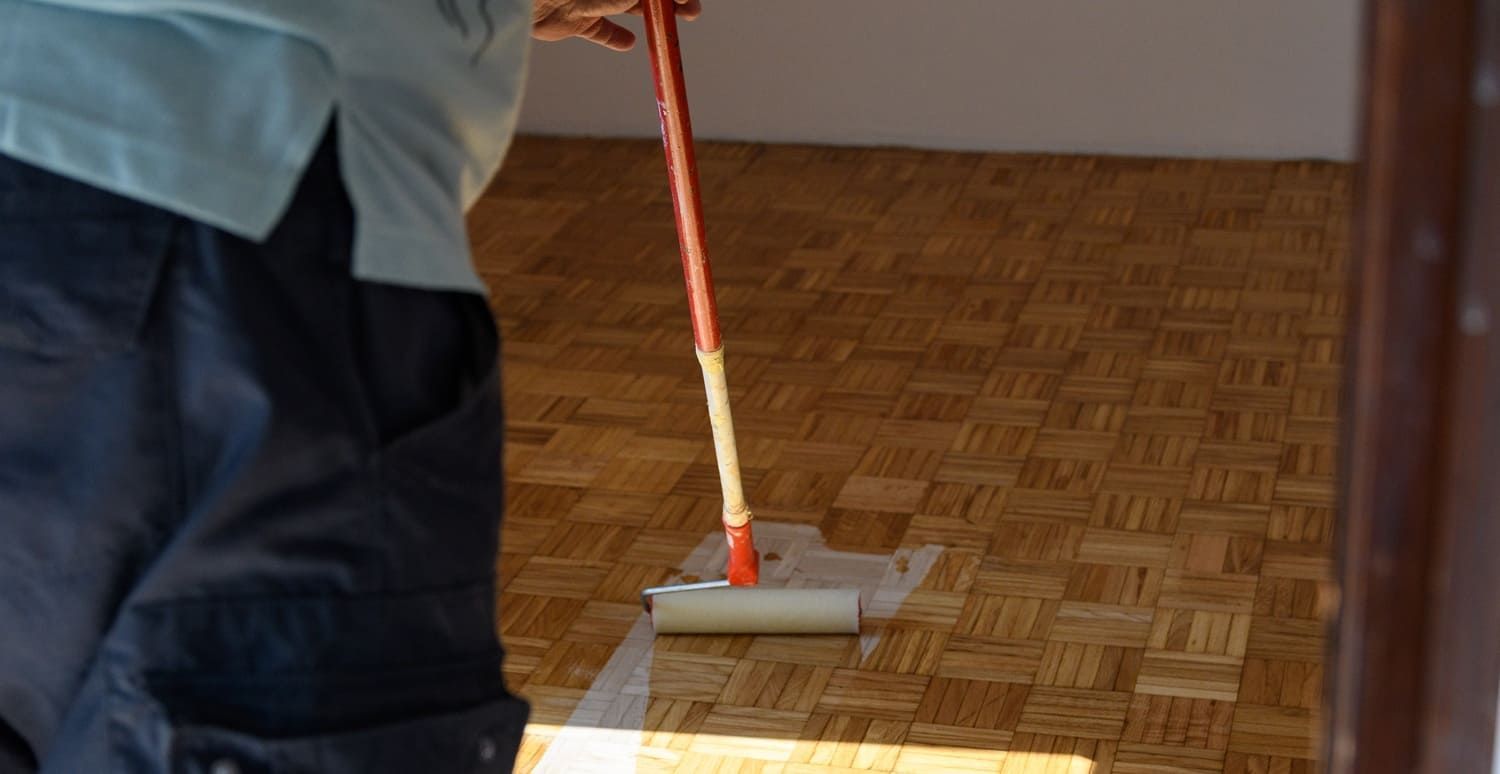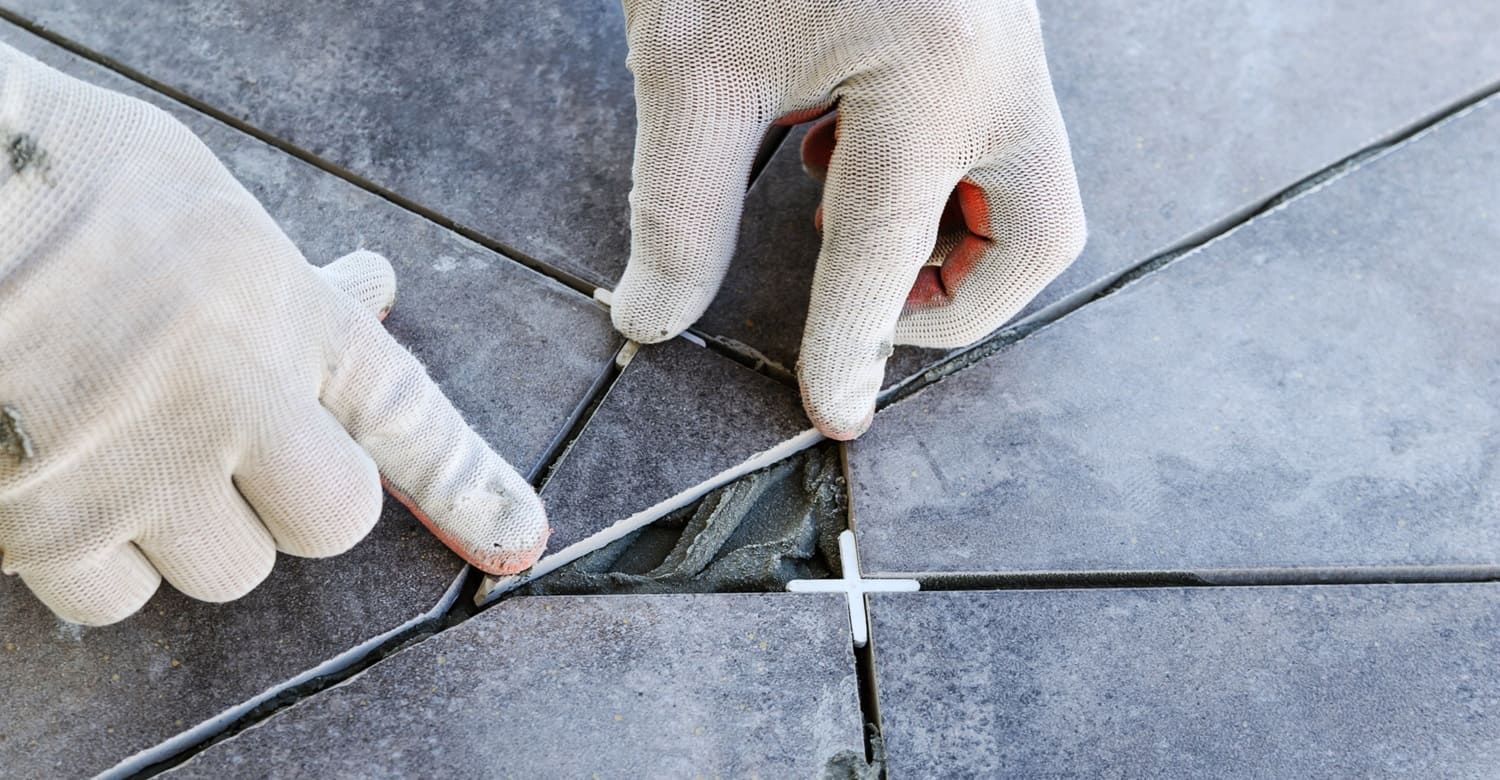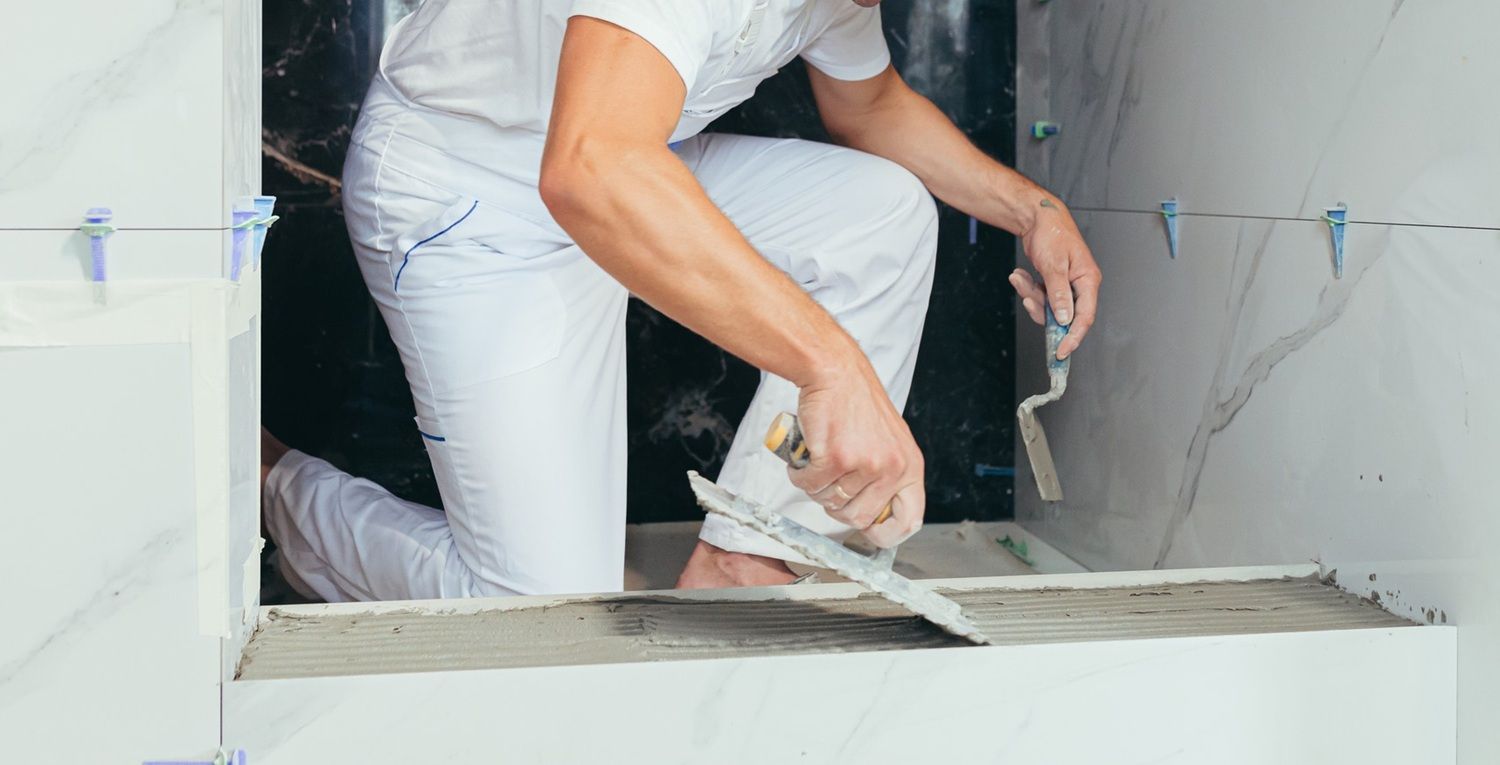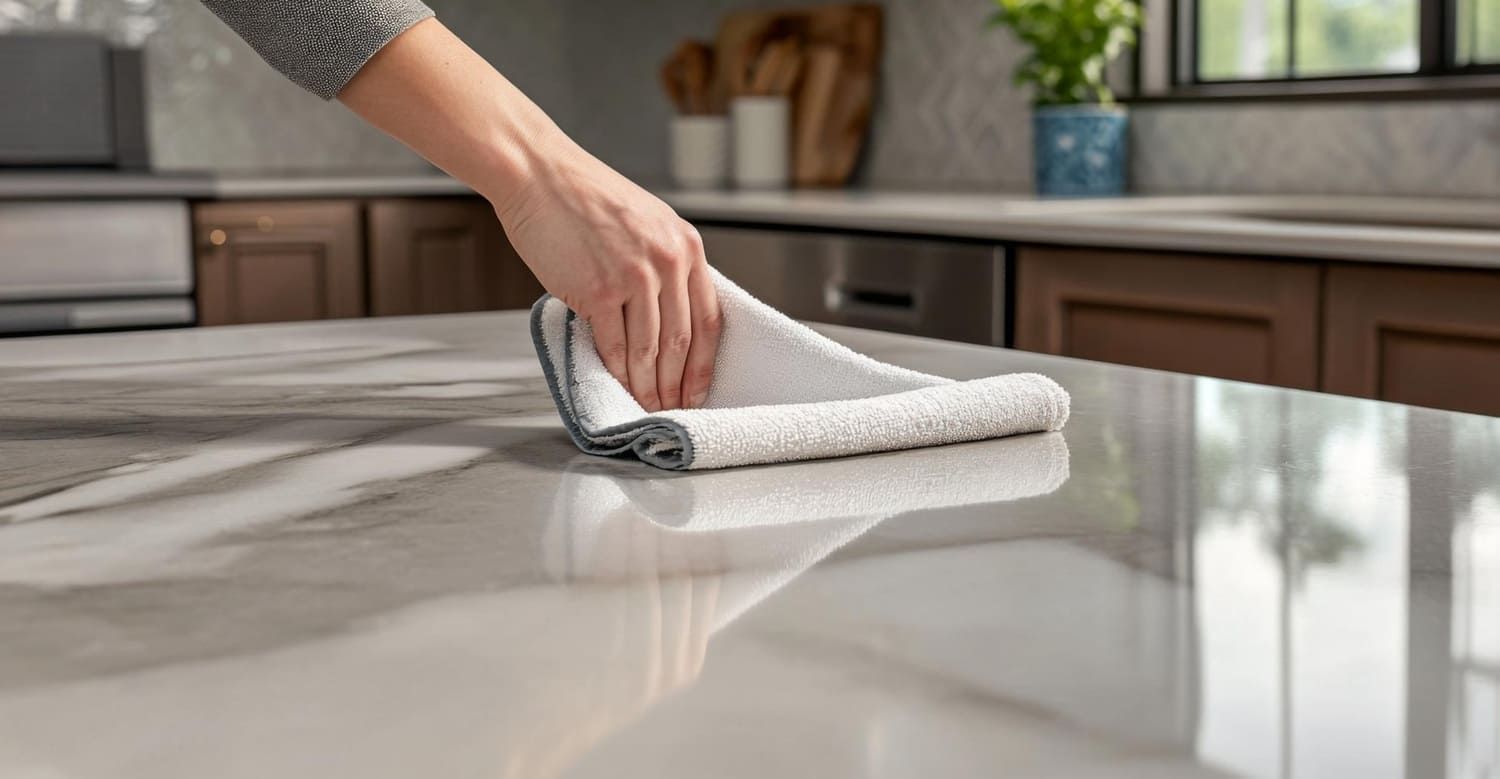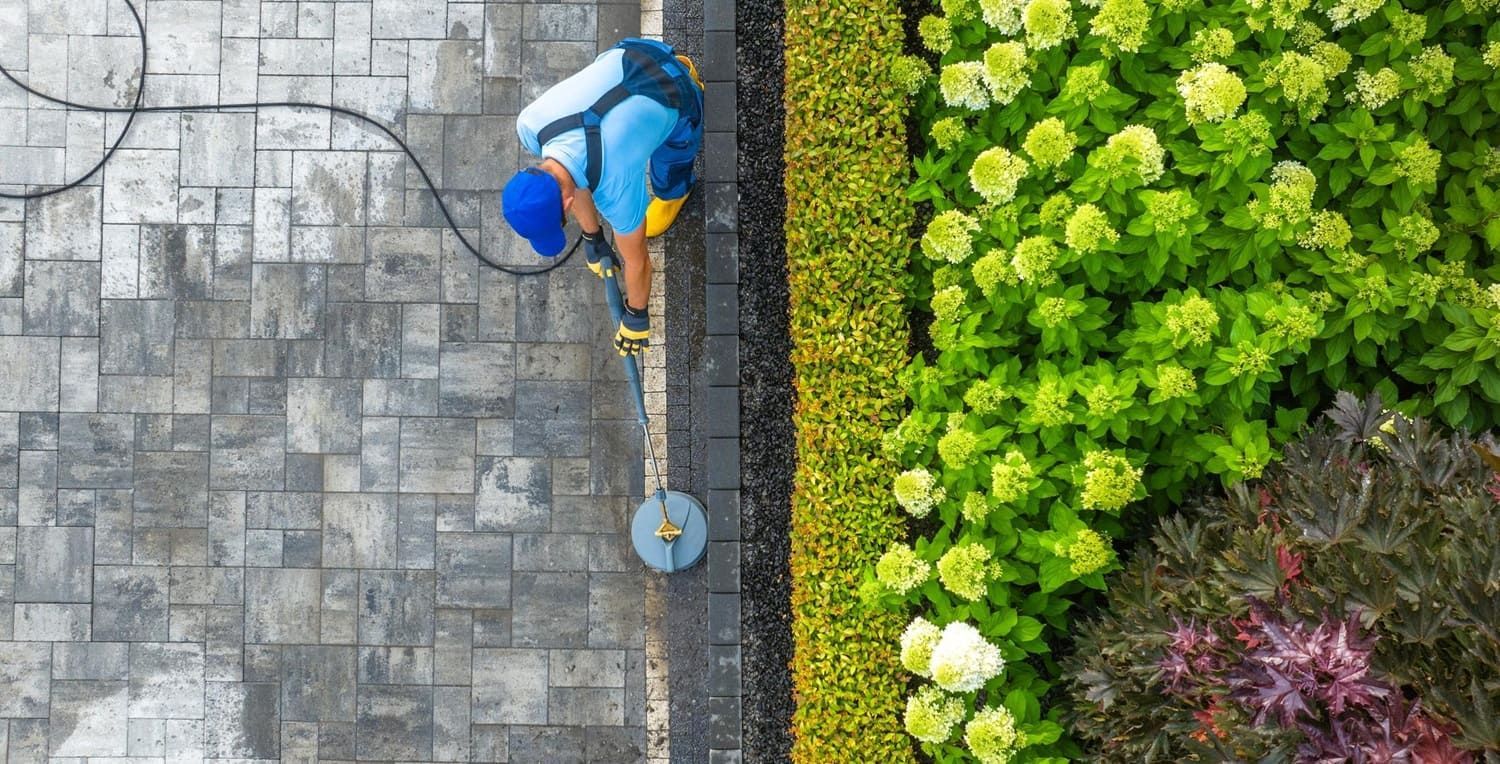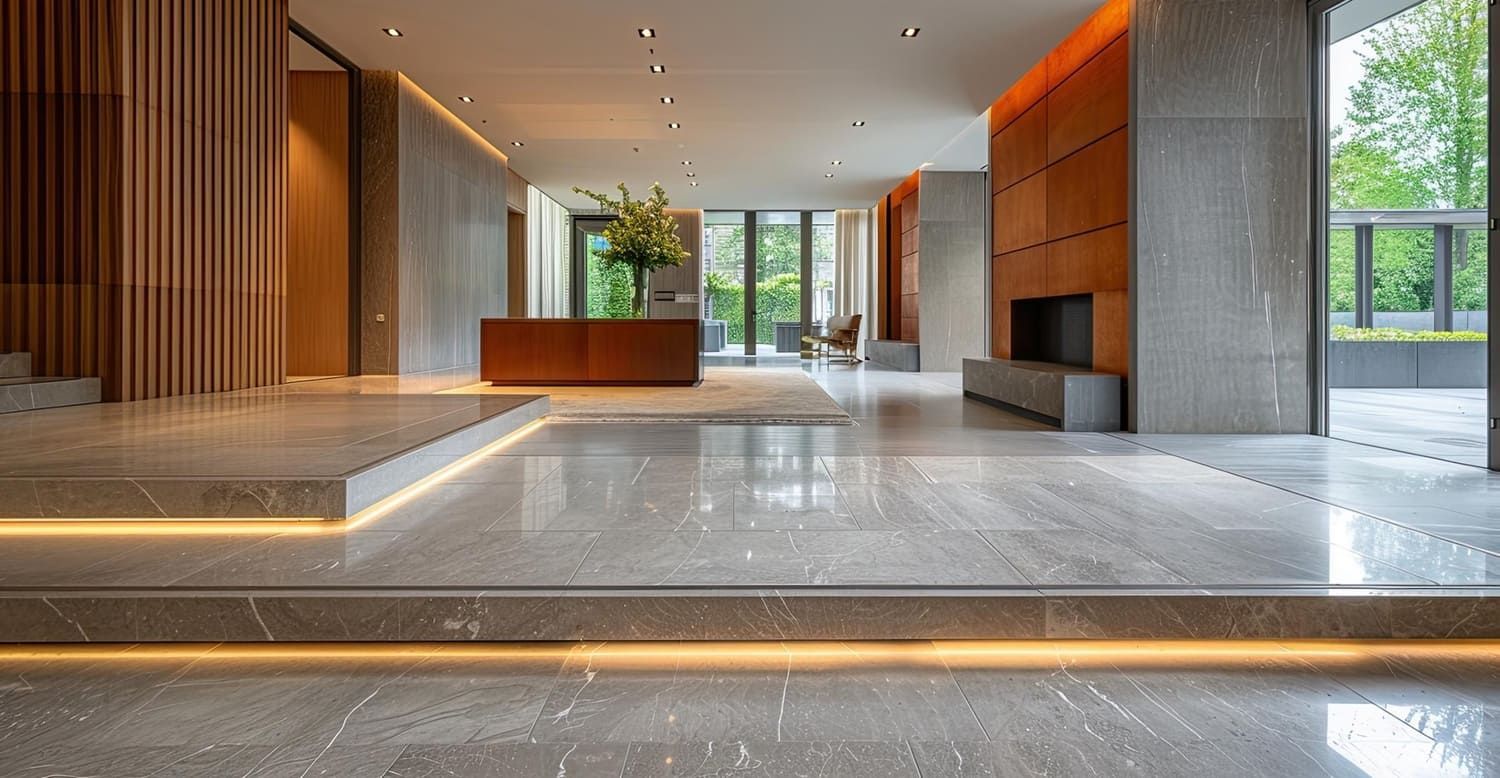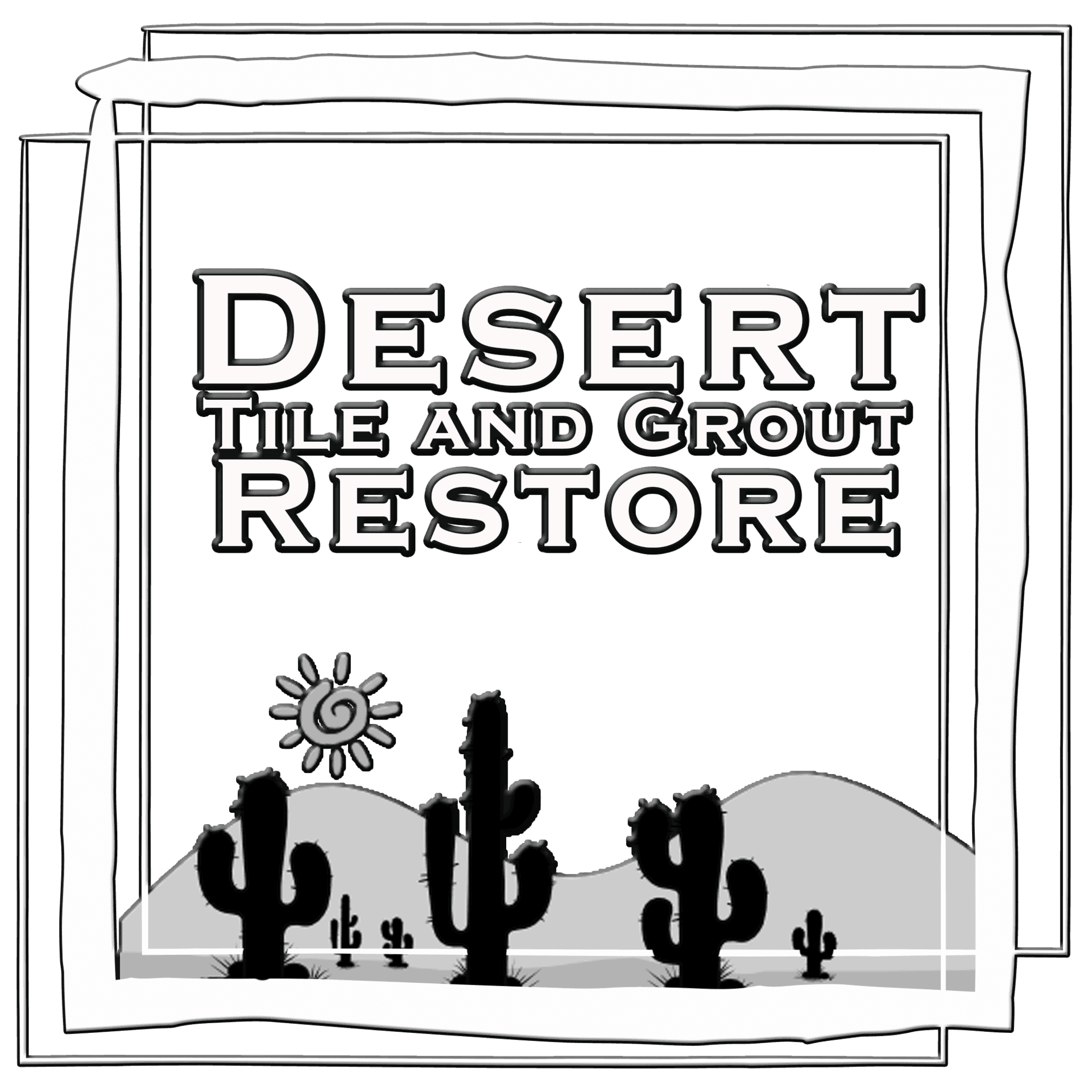ARIZONA'S BEST STONE, TILE, AND GROUT CLEANING SERVICES
Is Your Slate Floor Ready for Sealing? 5 Signs to Check
Sealing slate floors is a vital part of maintaining their appearance and longevity. A good sealant acts as a barrier, protecting the stone from stains, moisture, and everyday wear and tear. It also enhances the natural color and texture, giving your floors a vibrant look that can significantly elevate the aesthetic of your space. Without a proper seal, slate can become vulnerable to a range of issues that can diminish its appeal and structural integrity.
If left unsealed, slate can absorb liquids and stains, leading to discoloration and damage. This is especially true in high-traffic areas like kitchens and entryways where spills are more likely to occur. Regular sealing prevents this and helps maintain the floor's natural beauty. Moreover, a sealed slate floor is easier to clean and maintain, as the sealant makes it less porous and more resistant to dirt and grime.
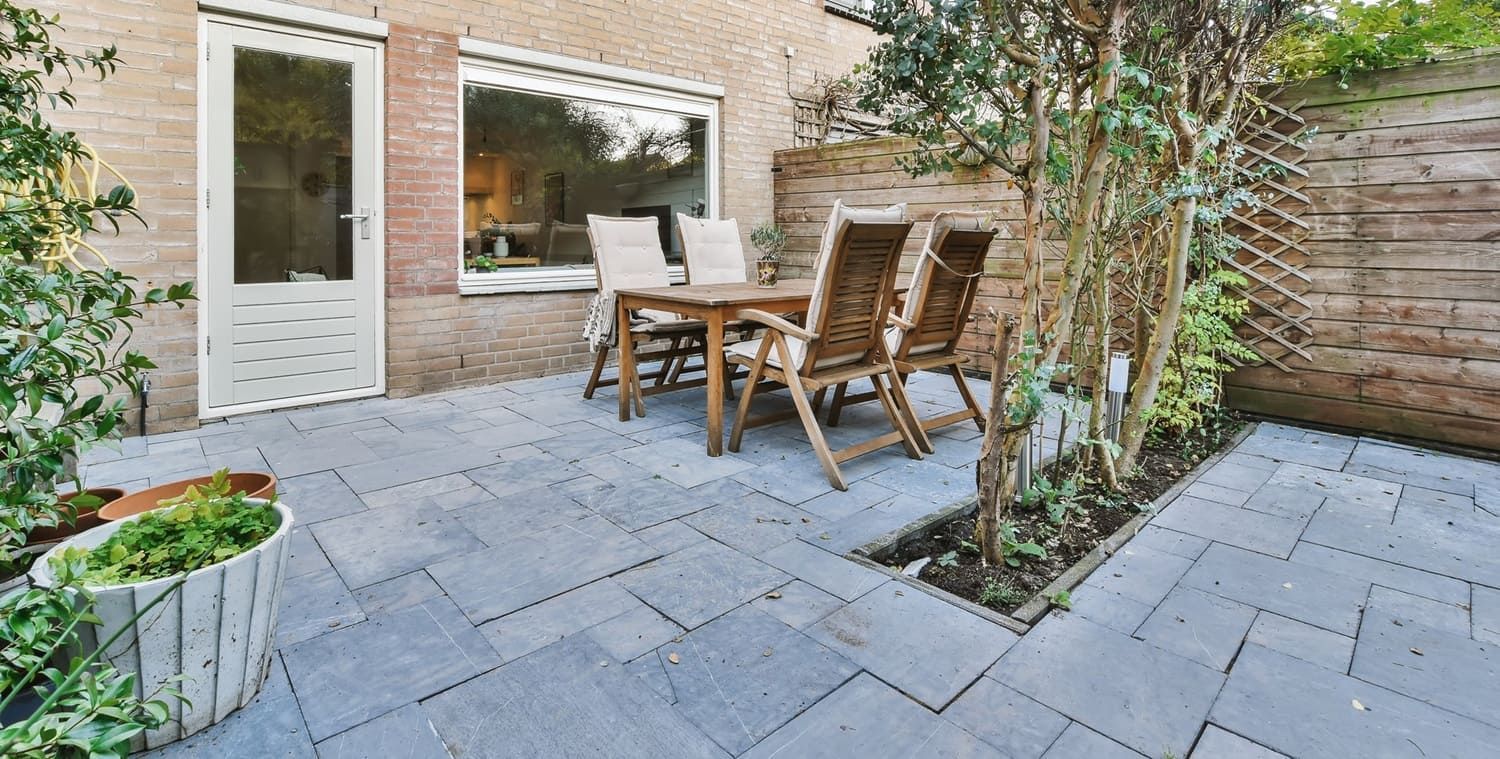
Sign #1: Water Absorption
The Water Test
One of the simplest ways to determine if your slate floor needs sealing is to perform a water test. Here's how you can do it:
- Sprinkle a few drops of water onto the slate surface.
- Observe how the water behaves.
If the water beads up and stays on the surface, your floor is well-sealed. This indicates that the protective layer is still intact and effectively repelling moisture. However, if the water begins to seep into the stone, creating a dark spot, it's time to consider resealing. This suggests that the sealant has worn off and the slate is absorbing water, which can lead to long-term damage.
Why Water Absorption Matters
Water absorption indicates that the protective seal is wearing off. When slate absorbs water, it can lead to a host of problems such as mold growth, cracking, and weakening of the stone. This could lead to stains and potential damage if not addressed promptly. Regular sealing creates a barrier against moisture, protecting the stone's integrity and ensuring your floors remain in excellent condition over the years.
Sign #2: Dull Appearance
Slate floors are known for their rich, vibrant colors. These natural hues can range from deep greens and blues to warm reds and browns. Over time, you might notice that your floor has lost its luster, appearing dull and faded. This dullness is often the result of wear and tear, exposure to sunlight, and general use. This is a clear sign that sealing might be necessary to revive its appearance.
Restoring the Shine
Sealing can restore the stone's natural shine and enhance its color, making it look as good as new. A quality sealant will bring out the slate's unique character and prevent it from appearing worn out. By replenishing the protective layer, you not only enhance the aesthetic appeal but also fortify the surface against future wear. This rejuvenation can make your space feel refreshed and well-maintained.
Sign #3: Staining
Common Staining Issues
Slate is a porous material, which means it's prone to absorbing spills and stains. Common staining culprits include wine, coffee, oil, and acidic foods like tomato sauce. If you notice stains from food, drinks, or oils that are hard to remove, it might be time for sealing. These stains can penetrate deep into the stone, making them difficult to clean and diminishing the floor's beauty.
The Role of Sealants
A sealant acts as a protective barrier, preventing stains from penetrating the stone's surface. This makes cleaning easier and helps maintain the floor's appearance over time. With a proper seal, spills can be wiped away more easily, reducing the risk of permanent stains. This not only preserves the visual appeal of your floors but also enhances their hygiene and safety.
Sign #4: Flaking or Chipping
Flaking or chipping can be a sign of wear and tear, often exacerbated by a lack of sealing. When slate is exposed to the elements without protection, it can start to break down. This is particularly true in areas exposed to heavy foot traffic or moisture, such as bathrooms and kitchens, where the stone can become fragile and prone to damage.
Protecting Against Damage
Sealing helps bind the surface, reducing the likelihood of flaking or chipping. It strengthens the stone and prolongs its life, ensuring that your floor remains in excellent condition for years to come. By reinforcing the surface, sealing acts as a preventive measure against future wear and tear. This not only maintains the floor's structural integrity but also its aesthetic value, ensuring a lasting investment.
Sign #5: Previous Sealing Was Over a Year Ago
The Importance of Regular Sealing
Most slate floors need resealing every one to two years, depending on the level of traffic and exposure to the elements. Regular sealing ensures that the protective layer is maintained, providing consistent protection against spills, stains, and wear. If it's been over a year since your last sealing, it might be time to reassess your floor's condition. Neglecting this maintenance can lead to more significant issues down the line.
Establishing a Sealing Schedule
Regularly scheduled sealing keeps your slate floor in top shape. By setting reminders and sticking to a routine, you can prevent the signs of wear and keep your floor looking pristine. Consider creating a maintenance calendar that includes sealing, along with other cleaning tasks. This proactive approach will help you avoid costly repairs and extend the life of your flooring.
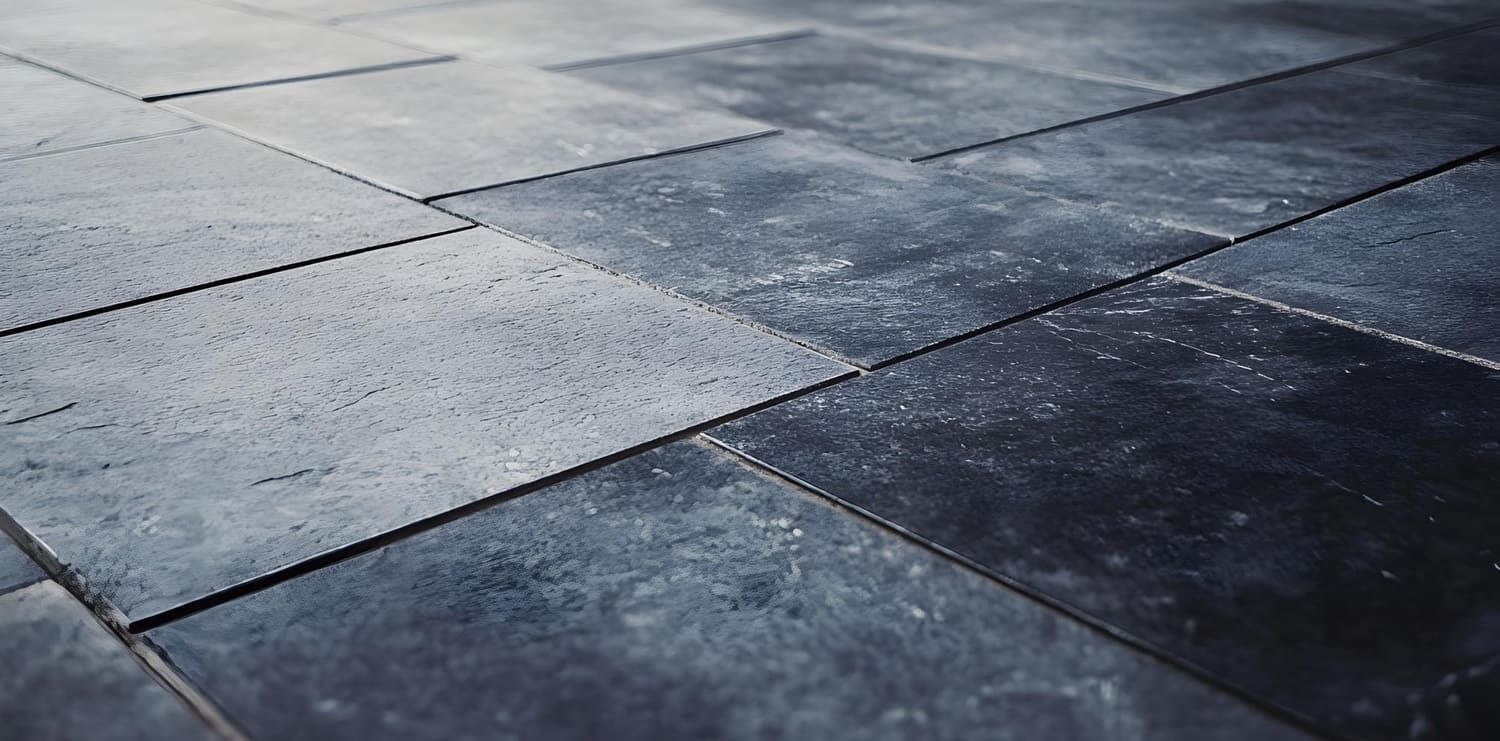
Finding a Floor Sealing Service Near You
If you notice any of these signs, it might be time to contact a professional floor sealing service. These experts have the knowledge and tools necessary to properly assess and treat your floors. Search for "floor sealing service near me" to find experts who can assess and seal your slate floor effectively.
What to Look for in a Sealing Service
- Experience and Expertise: Choose a service with a proven track record in slate floor care. Experienced professionals will understand the specific needs of slate and apply the best techniques.
- Customer Reviews: Check reviews to ensure customer satisfaction. Positive feedback from previous clients can give you confidence in their services.
- Quality Products: Make sure they use high-quality sealants designed for slate. The right products will provide better protection and longevity for your floors.
Maintaining Your Slate Floor
Regular Cleaning
In addition to sealing, regular cleaning is essential for slate floor care. Use a pH-neutral cleaner specifically designed for natural stone to avoid damaging the sealant. Regular sweeping and mopping will help prevent dirt and debris from accumulating, which can scratch the surface and wear down the sealant over time.
Immediate Spill Response
Quickly clean up spills to prevent staining, even if your floor is sealed. This simple step can greatly extend the life of your sealant and the beauty of your floor. Keeping a clean and dry floor not only preserves its appearance but also enhances its durability and safety, preventing slips and falls.
Conclusion
At Desert Tile & Grout Restore, the best stone, tile, and floor refinishing & restoration experts serving Glendale, Scottsdale, Phoenix, and Maricopa County, we specialize in protecting and preserving the natural beauty of slate flooring.
Sealing is a crucial part of slate floor maintenance. By watching for key signs that your slate needs resealing and taking prompt action, you can protect your investment and enjoy your floors for years to come. Whether you choose to seal the floor yourself or trust a professional, understanding when it's time to reseal ensures your slate remains in excellent condition.
With regular maintenance and professional care, your slate floors will retain their elegance and durability, becoming a long-lasting and timeless feature in your home.
Contact Desert Tile & Grout Restore today for a free estimate—and let us help you keep your slate floors looking their absolute best.
FAQs About When to Seal a Slate Floor
How do I know if my slate floor needs sealing?
If your slate looks dull, easily absorbs water, or shows stains, it’s likely due for a fresh seal. A water test is a quick way to check.
What’s the water drop test, and how does it help?
Drip a small amount of water onto the slate. If it darkens quickly or absorbs the water, the surface is no longer protected and needs resealing.
Does discoloration mean my slate floor needs sealing?
Yes. Uneven fading, dark spots, or dull areas can indicate that the previous sealant has worn off and is no longer effective.
Can stains or dirt buildup mean my slate is unsealed?
Absolutely. If spills soak in or stain easily, or if grime collects in textured areas, it’s a sign your slate is no longer sealed properly.
Is flaking or dust a sign that sealing is needed?
Yes. If your slate is shedding particles or showing surface erosion, it could be due to lack of a protective seal.
How often should slate flooring be sealed?
Typically every 1 to 3 years, depending on the foot traffic, product used, and location (indoor vs. outdoor).
What happens if I don’t seal my slate floor?
Without sealing, slate becomes more vulnerable to moisture, staining, mold growth, and surface wear, shortening its lifespan.
Can I seal a slate floor myself?
Yes, with the right product. However, for larger areas or neglected floors, professional sealing ensures even coverage and long-lasting results.
Should slate floors be sealed after installation?
Always. Natural slate is porous, so sealing is essential to protect against grout haze, staining, and water damage.
Do all types of slate require sealing?
Yes. Whether cleft, honed, or tumbled, all slate surfaces benefit from sealing to maintain durability and appearance.
Is sealing necessary for outdoor slate tiles too?
Yes. Outdoor slate is exposed to rain, UV rays, and temperature swings, which makes regular sealing even more important.
Can I walk on the floor right after sealing?
No. Allow the sealer to cure as recommended, usually 24 to 48 hours, before exposing it to heavy use or moisture.
Does sealing make slate floors slippery?
Some sealers may add a slight sheen, but many penetrating or matte-finish sealers maintain the natural texture and grip of slate.
What kind of sealer is best for slate flooring?
Penetrating sealers protect without altering appearance, while enhancing sealers deepen color and add sheen. Choose based on your aesthetic and performance goals.
How do I maintain sealed slate floors?
Use pH-neutral cleaners, avoid harsh chemicals, and clean spills quickly to preserve the sealer and prevent damage.
Will sealing change the look of my slate?
Some sealers enhance color and add a gloss, while others are invisible. Test in a small area to choose the right finish for your preference.
Is sealing a one-time process?
No. Slate sealers wear off over time. Reapplication is essential for continued protection and performance.
Can sealing protect slate from efflorescence?
Yes. Sealing can help block moisture movement through the stone, reducing the white salt-like buildup known as efflorescence.
What’s the best time of year to reseal a slate floor?
For indoor floors, any time works. For outdoor surfaces, dry weather and moderate temperatures are ideal for proper curing.
Should I strip old sealant before resealing?
If the old sealer is flaking, hazy, or uneven, it’s best to strip it first to ensure strong bonding of the new sealant.

